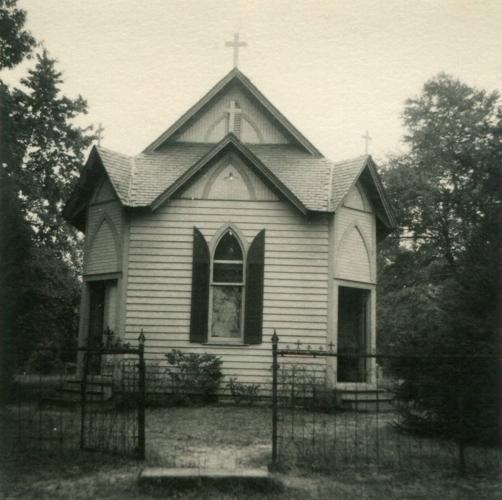Whether they know it or not, many Virginians trace their roots to early English settlements like Jamestown and Henricus. Nestled among the early frontier communities was a source of French heritage—one that marks the largest Huguenot settlement in America. In 1685, King Louis XIV revoked the Edict of Nantes, which essentially removed the ability of French citizens to worship freely. Those who refused to convert to Catholicism faced penalties and imprisonment. Rather than surrender their faith, tens of thousands fled across Europe and the Atlantic in search of refuge. Among them, several groups founded Manakin Towne along the James River in what is now Powhatan County, Virginia.
The original plan for the settlement was brought up by Virginia colonist William Byrd I of Westover, who reasoned with the British Council of Trade and Plantations that French refugees would be advantageous for the development of the colony. A publication called “The History and Present State of Virginia” from 1705 stated that “In the year 1699, there went over in about three hundred [French Refugees] and the year following about two hundred more, and so on, till there arrived in all, between seven and eight hundred Men, Women, and Children.” Upon the south side of the James River, twenty miles above the falls (Richmond), the French developed a settlement on 10,000 acres of land previously inhabited by an ancient Siouan nation of Native Americans called the Monacans. The current spelling of “Manakin” is based on the original French pronunciation, which they deemed similar to the word “mannequin.”
For the freedom of worship, the Virginia Assembly created a new Anglican parish in 1700 that was named for the monarch of the time, King William III. At Manakin Towne, a small octagonal frame church was constructed. The early church was destroyed by fire twice–the first time around 1710 and again around 1729. Afterward, the third church was built further from the river and more central to the community. At first, services were given in the French language, but as the church let more Anglican ministers preach, about half of the services were given in English by the mid-1700s. The settlement never advanced past the status of a rural community or country village, and a lot of the successive generations dispersed and settled elsewhere. A census record from 1714 listed seventy-one men, sixty-two women, and one hundred fifty-eight children.
In 1750, the land containing Manakin Towne was purchased by the Scott family, who held onto it throughout the eighteenth and nineteenth centuries. The National Register Form explained that as of the 1890s, the congregation had diminished and members needed a more manageable building, so they demolished the 1730 church and reused timbers to build a new, smaller church in 1894. The Scott family deeded the church and land to the parish in 1918, and in 1922, descendants of the French settlers organized the Huguenot Society of the Founders of Manakin in the Colony of Virginia.
Among a personal collection of old photographs, an image of the third church was found showing two entrances at the front corners of the church, which have since been altered. The National Register Nomination (072-0093) from 1987 states that “The front of the chapel is set off by a distinctive three-sided projecting narthex having a gable above each of its three sides. However, it is said that this arrangement proved awkward for funerals, so the original entrances were weatherboarded over and a new double-door entrance was placed on axis with the center aisle.” In 1954, the fifth and current Manakin Episcopal Church was built in the style of William Byrd’s church at Westover. The 1894 church has been moved several hundred feet from its original site and preserved as a Huguenot memorial since 1985.
Some of the descendants of Manakin Towne Huguenots are known to have settled in Pittsylvania County and created family legacies that continue into the modern day. From an official list of original settlers published in 1933, several locally identifiable names are as follows: Cabaniss, Dupuy, Easley, Fontaine, Guerrant, Lacy, La Prade, LeFevre, Porter, Remy (Reamey, de Rémi), Sallee, and Watkins. Among these are ancestors of the writer, who is a descendant of the French Huguenots Abram Remy and former Miss Mary Dupuy.
Kyle Griffith obtained a BA in Historic Preservation from the University of Mary Washington. He is the owner of Griffith Preservation, a website dedicated to documenting rural heritage and material culture. The site offers graphic design services and products created by Kyle, including his publications, artworks, and model buildings. www.griffithpreservation.com.















(0) comments
Welcome to the discussion.
Log In
Keep it Clean. Please avoid obscene, vulgar, lewd, racist or sexually-oriented language.
PLEASE TURN OFF YOUR CAPS LOCK.
Don't Threaten. Threats of harming another person will not be tolerated.
Be Truthful. Don't knowingly lie about anyone or anything.
Be Nice. No racism, sexism or any sort of -ism that is degrading to another person.
Be Proactive. Use the 'Report' link on each comment to let us know of abusive posts.
Share with Us. We'd love to hear eyewitness accounts, the history behind an article.